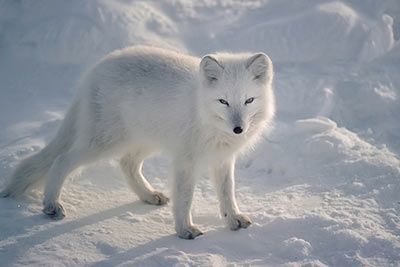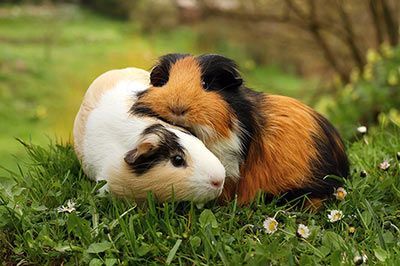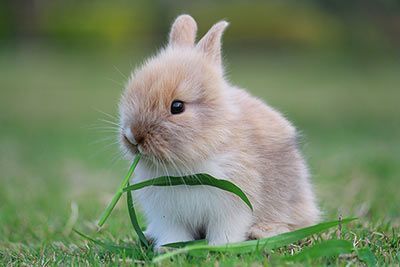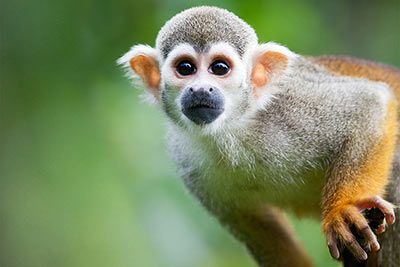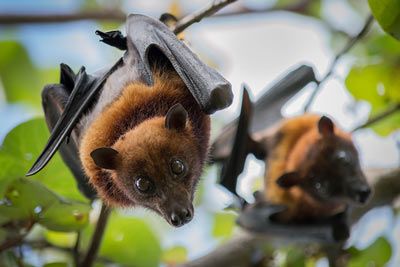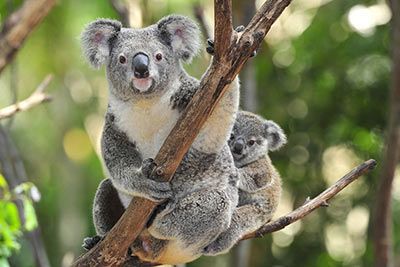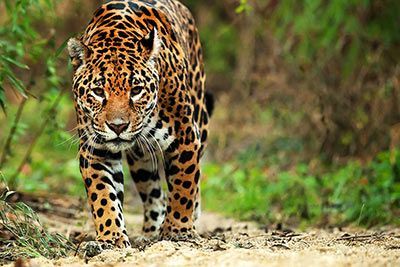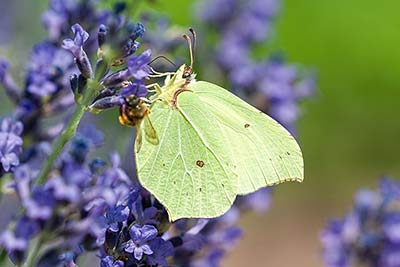Mandrill
Mandrill Facts
| Size | 21-37 inches (55-70 cm) |
| Speed | Up to 25 mph (40 km/h) |
| Weight | 22-66 pounds (10-30 kg) |
| Lifespan | 12-14 years |
| Food | Fruits, seeds, little animals |
| Predators | Leopards, eagles, snakes |
| Habitat | Central Africa |
| Order | Primates |
| Family | Old world monkeys |
| Scientific name | Mandrillus sphinx |
| Characteristics | Large primate; most colorful mammal in the world |
Main Characteristics
The mandrill is a primate that lives in the rainforests of Africa. It is closely related to baboons, macaques and langurs. Known for its striking colors, it is considered the most colorful mammal on the planet. With its long, sharp canine teeth, the mandrill appears quite dangerous. It is the largest primates after the great apes (gorillas, chimpanzees and orangutans).
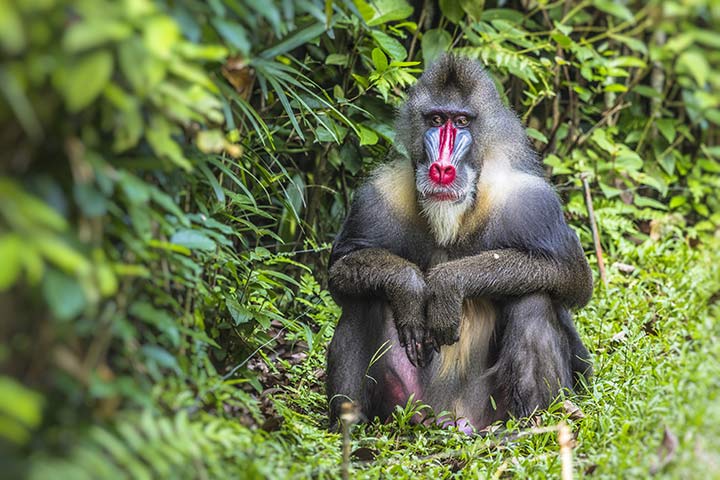
Distribution and Habitat
Mandrills are native to Central Africa. They live in Cameroon, Equatorial Guinea, Gabon and Congo. Their habitat is dense rainforests.
Life Style
Mandrills are diurnal. They usually live in groups of around 20 animals, but sometimes form larger herds. The leader of the group is the male with the most striking colors. During the day they move mainly on the ground. At night they sleep in trees.
Nature
Are Mandrills Aggressive?
Mandrills are incredibly strong, and also extremely confident and fearless. If someone enters their territory they become aggressive in no time. First, they stare at their opponent and jerk their head forward and downward. Then they show their sharp canine teeth and slap the ground using their hands. If that doesn't help, they attack. Ultimately, that's understandable. Imagine if a stranger entered your home without permission. However, normally the animals are rather calm and peaceful.
Are Mandrills Dangerous to Humans?
Yes, Mandrills can be dangerous to humans. If the animals are cornered or feel threatened, they don't hesitate to attack. However, these incidents are rare and only happen when people are careless and underestimate the potential danger. Their long teeth can seriously injure a person. By the way, running away wouldn't be a good idea. The animals can reach speeds of up to 25 mph (40 km/h). It's better to walk away slowly and calmly. This makes them less aggressive.
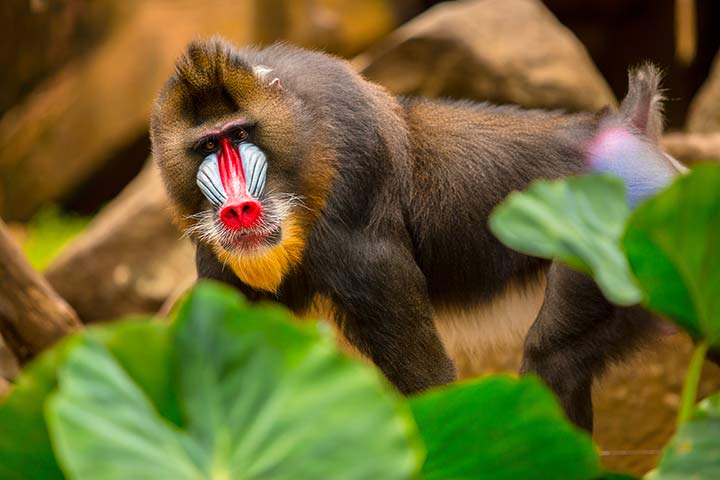
Anatomy and Appearance
Size and Weight
Mandrills have a very strong, muscular body. Among all primates species, the females and males differ the most. While the males weigh 44-66 pounds (20-30 kg), the females weigh just under half, 22-33 pounds (10-15 kg). The males have a body length of 27-37 inches (70-95 cm). For females it is 21-27 inches (55-70 cm).
Head
Mandrills have a very large, strong head and a large muzzle.
Color
Mandrills have bright blue and purple cheeks, a bright red nose and lips, and olive green to gold hairs. In the females the colors are not as strong, but rather subtle and subdued.
Jaw and Teeth
Mandrills have large teeth and very strong jaw muscles. There are two very long, sharp canine teeth in their upper and lower jaw. These are up to 1.8 inches (4.5 cm) long and 0.4 inches (1 cm) wide in males.
Cheek Pouches
Mandrills have large pouches on both sides of their head – right between the jaw and the cheek. When they find food but are not hungry, they store it in these pockets. They snack on it later.
Mandrill or Baboon – What’s the Difference?
How can you tell a mandrill from a baboon? They are related to each other and share a lot of characteristics. So it's not that easy to tell them apart. But there is one thing about them that is very unique for each species: their color. Baboons are brown, gray or black while mandrills are very colorful. Even the females are more colorful than baboons. Their life style is another aspect that sets them apart. Mandrills are nocturnal and baboons are diurnal.
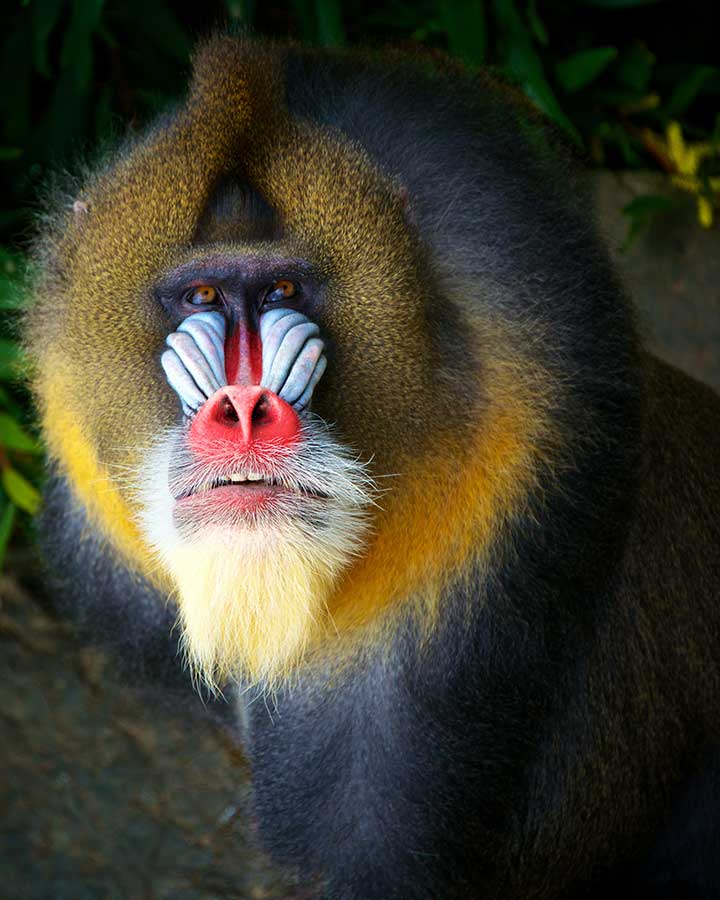
Diet
Mandrills are omnivores, but they prefer fruits, seeds, leaves and mushrooms as food. They also eat insects, frogs and lizards.
Behavior
Showing the Teeth
Sometimes, mandrills shake their heads and “grin” to show their large teeth. This is both funny and frightening, although it is a friendly gesture between the animals most of the time.
Communication
Mandrills communicate through body postures, scent marks and mutual grooming. They also use sounds to communicate: they roar, grunt or even produce „crowings“.
Sleeping
Mandrills don't sleep on the ground, but in trees. There they are safe from enemies. Every day they choose a different tree to rest in for the night.
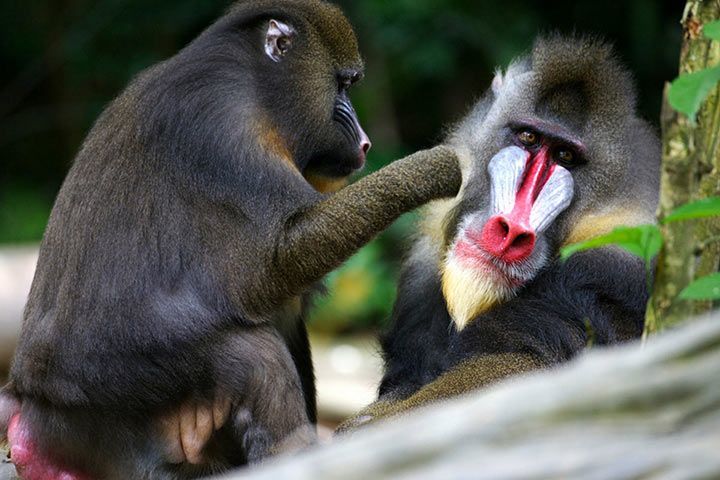
Senses and Abilities
Why Are Mandrills so Colorful?
Mandrills seem to have fallen into different buckets of paint. No other mammal is so colorful! But what for? High-ranking, strong males exhibit very striking, bright colors, because they have more testosterone (= a hormone). The females are attracted by the vibrant colors as they indicate the males' good health and suitability for reproduction. Typically, the most colorful male takes charge of the group. By the way, the females themselves have rather subtle colors.
How Strong Are Mandrills?
Mandrills are exceptionally strong. They have powerful hind legs and they have a very strong bite. They're one of the few primates capable of opening the hard shell of Detarium microcarpum seeds (from a kind of carob plant) with their teeth.
Life Expectancy
In the wild, mandrills live to be 12-14 years old. In captivity they can live 30-40 years.
Enemies and Threats
Natural Enemies
The mandrill's natural enemies are leopards and rock pythons. Young animals are sometimes captured by crowned eagles.
Human Impact
How many mandrills there are left is unknown. In Cameroon and Equatorial Guinea, the animals are heavily hunted for their meat (so-called “bushmeat”). Another major problem is the destruction of their habitat, the rainforests. They are cut down for livestock, agriculture and to build villages. Gabon is probably home to most of the animals because there are still untouched, dense rainforests there. According to the IUCN, the mandrill has the status of “endangered” (as of November 2023).
Importance for the Ecosystem
Mandrills play a crucial role in maintaining the ecological balance. The fruits they consume contain seeds that pass through their digestive system and are excreted in their feces, leading to the growth of new trees in different areas.
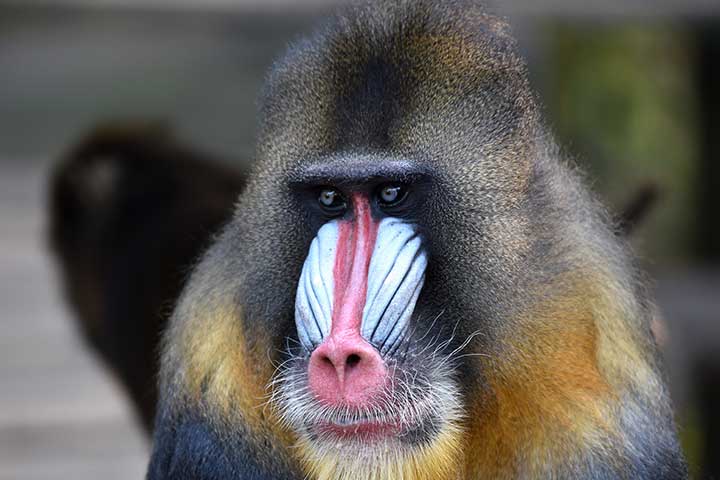
Evolution and Discovery
The first scientific drawings of a mandrill were made between 1551 and 1558. At the time, people thought it was some kind of hyena. No fossils have been found so far, which is why their origins are largely unclear. Their ancestors probably lived over 3 million years ago. The name „mandrill“ is made up of two words: “man” and “drill” (= West African for baboon/monkey).
Reproduction
Harem
Mandrills have a social structure where the most dominant male maintains a "harem". In the animal kingdom, this means that there is only one single male in a group. The others are the females and their offspring. The male protects the group and is allowed to mate with the females when they are ready.
Birth and Raising the Young
After a gestation period of around 175 days, a single baby is born. It weighs only 600g and has hardly any hair. Immediately after birth, it clings to its mother's belly, where it is nice and warm and well protected. After two to three months the fur is fully developed. The babies are nursed for around 230 days. At the age of 4-8 years, male and female animals begin to differ from each other in their appearance.
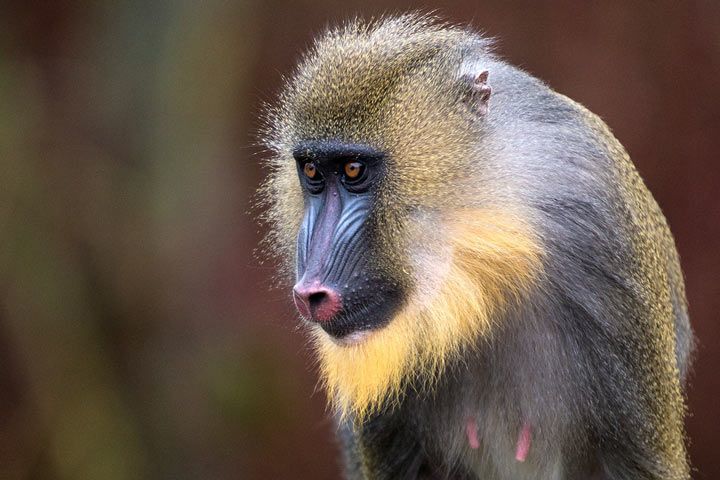
Fun Facts
Forest Baboons
Mandrills are also called forest baboons. It is true that they are related to each other, but they are different species that live in different habitats.
The Lion King
In the Disney film “The Lion King” there is a mandrill: the wise Rafiki, who blesses the lion baby Simba.
The Mandrill Is Related To:
- Baboons
- Macaques
Animals in the Same Biome:
Related Articles:
Recommended Videos:













 Animal Colors and Patterns
Animal Colors and Patterns